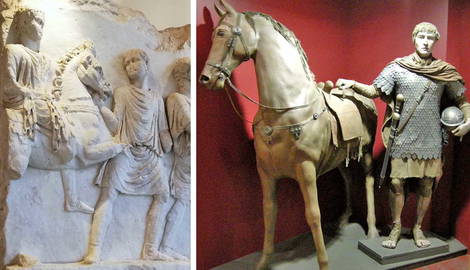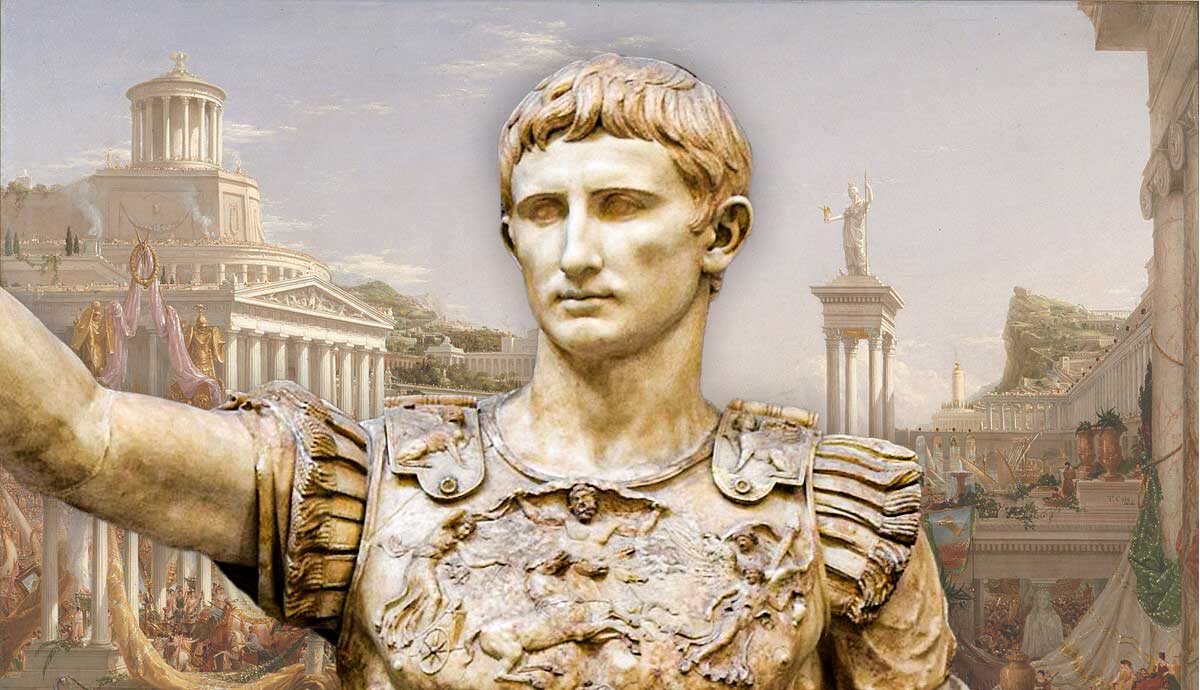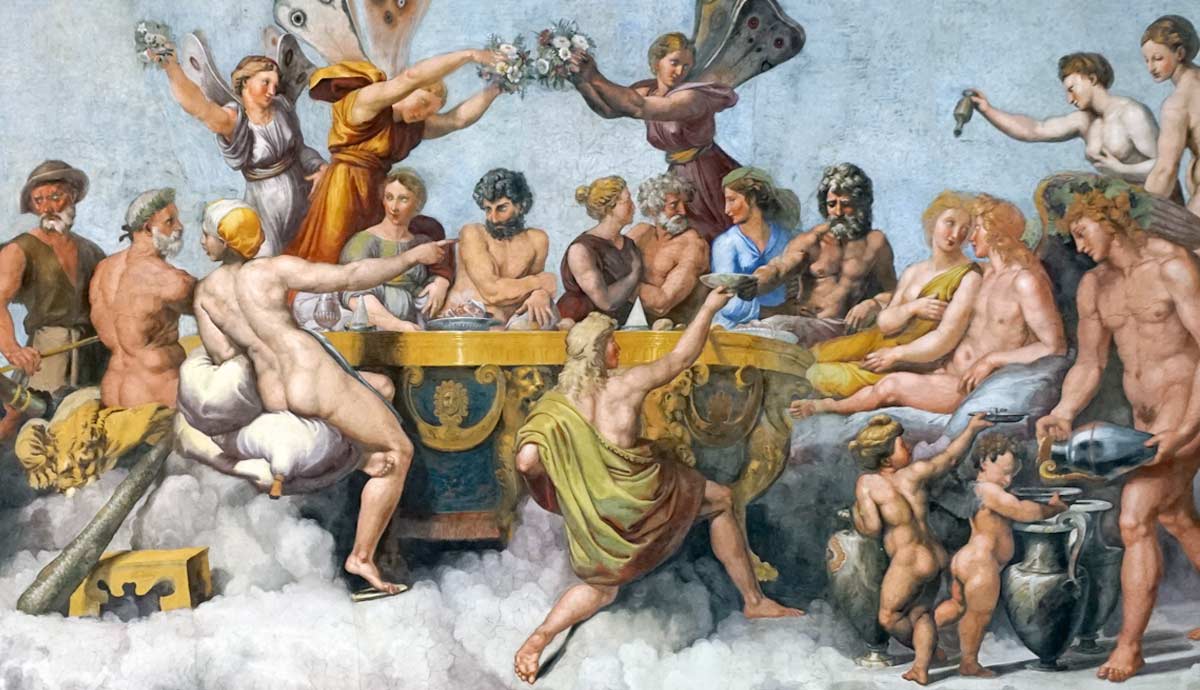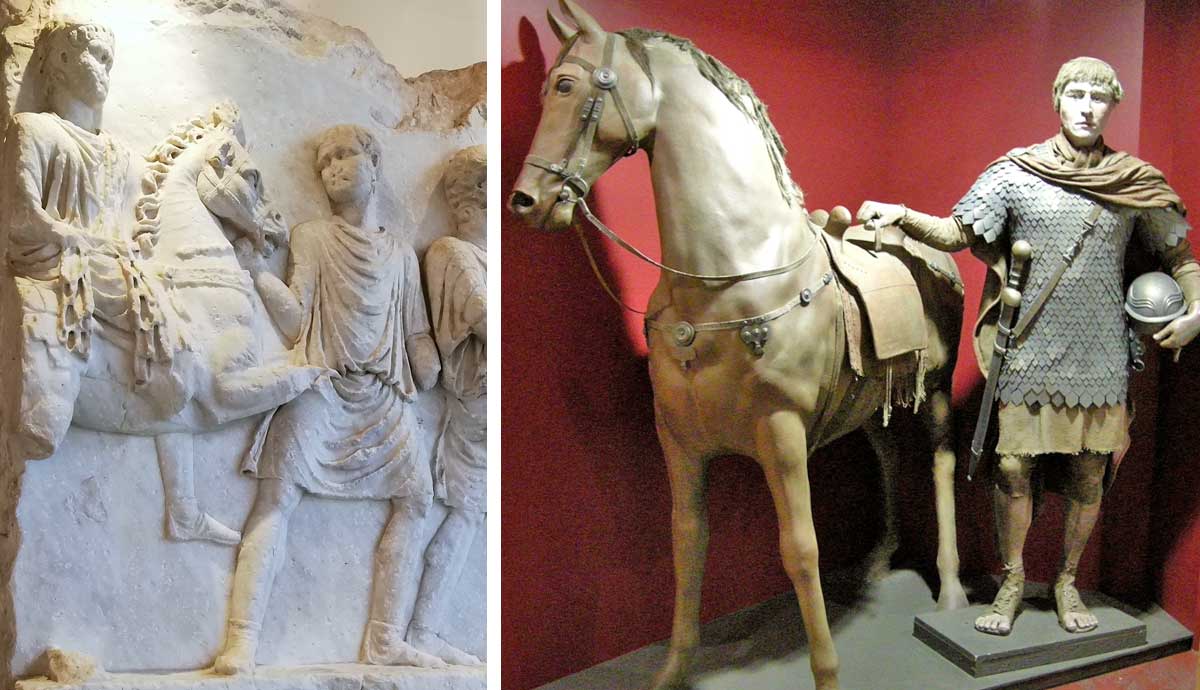
Second in prestige and status only to the Senatorial Order of ancient Rome came the Equestrians. While their role within the Roman state changed significantly over time as Rome evolved from a Kingdom to a Republic to an Empire, many of their values, symbols, and imagery remained consistent. Alongside the elite Roman Senate, the Equestrians constituted the upper echelons of the aristocracy. They served in and commanded the army, engaged extensively in trade, helped administrate the Empire, and on occasion, could even rule it.
Early Precursors of the Equestrian Order
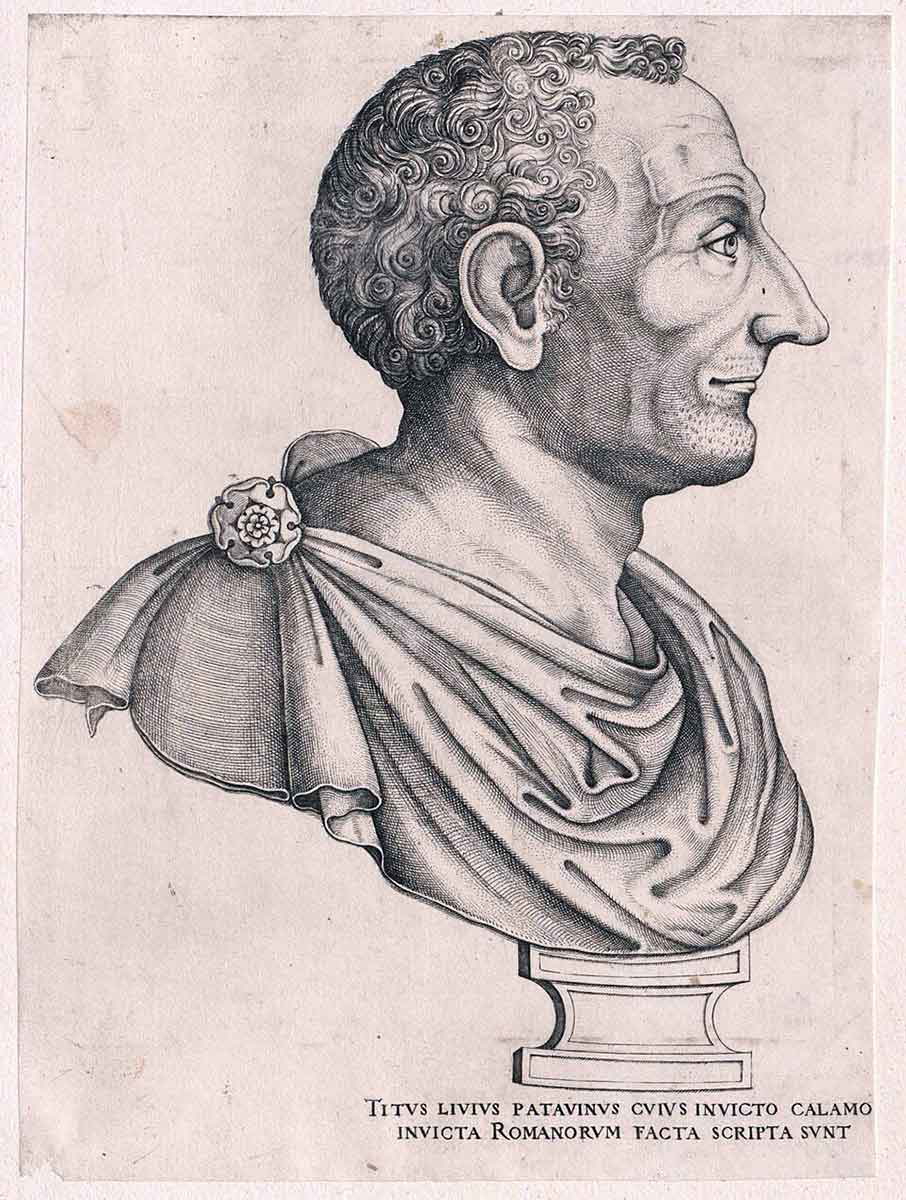
The Roman writers Livy and Pliny the Elder directly link the origins of the Equestrian Order with the mounted bodyguards that protected and fought alongside Rome’s earliest kings. While there is some link between the two, the truth is more complicated.
These mounted bodyguards, known as the Celeres, constituted an elite unit of Roman troops tasked with protecting the king and fighting in his wars. After Rome became a Republic, according to legend in 509 BCE, this militaristic bodyguard largely lost its primary identity and raison d’être.
As a result, the Celeres began to transform themselves into a military class of Equites, still a group of aristocratic and mounted soldiers, but now committed to safeguarding the Republic. Before long, they emerged among the upper echelons of the aristocracy in this fledgling Republic.
Within the Equites, however, was a higher-status grouping called the “eques equo suo,” who provided horses at their own expense and were differentiated from those in the equites who could not afford to, called the “equites equo publico.” Over time, the former, higher-status group would emerge as the Senatorial Order, leaving the rest as the Equestrian Order.
At first, then, the two orders were not properly separated, and while the Equestrian Order did, in some sense, derive from the Celeres, as Livy and Pliny the Elder stated, so did the Senate.
Emergence of the Equestrian Order
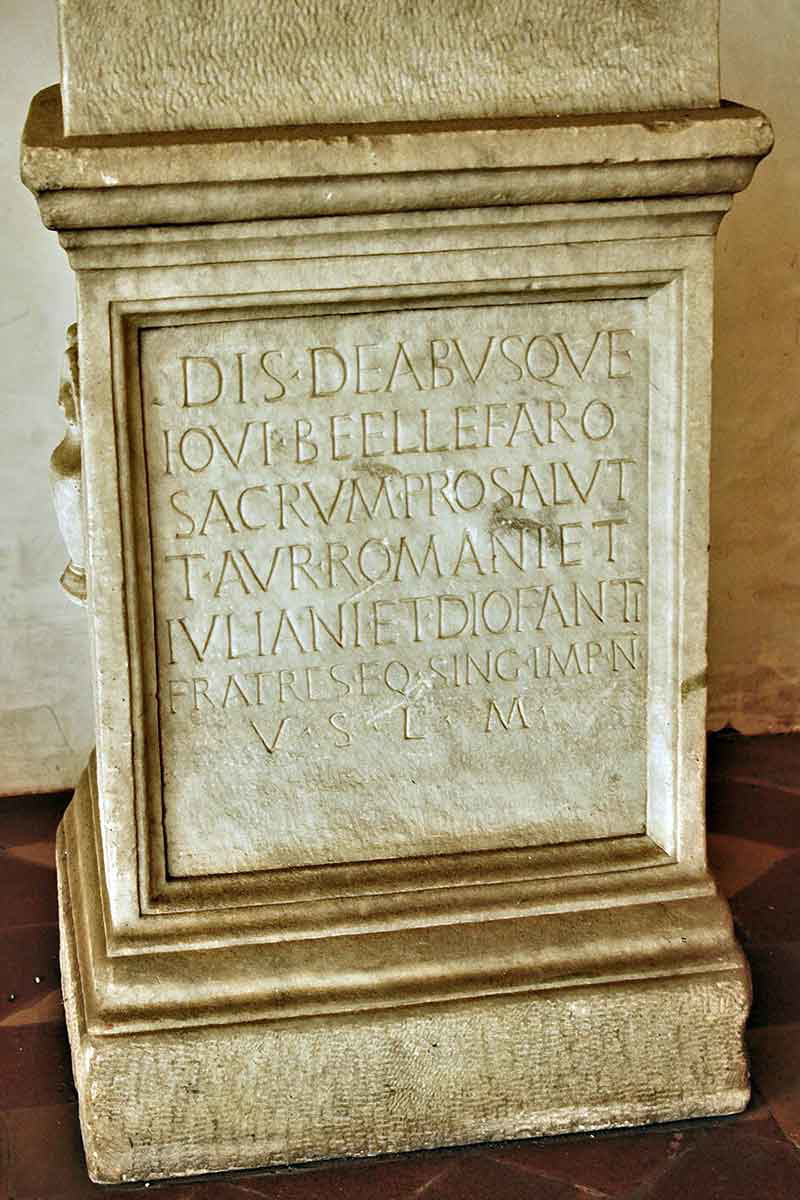
The Equestrian Order emerged as a distinct political order and social class in the late 2nd century BCE. This was preceded by a gradual fragmentation of the military equites class, as the eques equo suo increasingly sought and achieved higher prestige than their lower-status counterparts.
From the very beginning of Roman civilization, the Curia was a body of officials who initially advised the king; it was later reshaped into the Roman Senate of the Republic. It consisted of the “patrician” elite of society, and in the early Republic, it was made up of the 300 eques equo suo that were a part of the broader Equites.
This, therefore, restricted magistracies and government posts to this smaller section of the Equites, ensuring that, over time, their higher influence and dominance were beyond doubt. The equites equo publico, on the other hand, had no official role outside their military function as cavalry, except that they could vote in election assemblies.
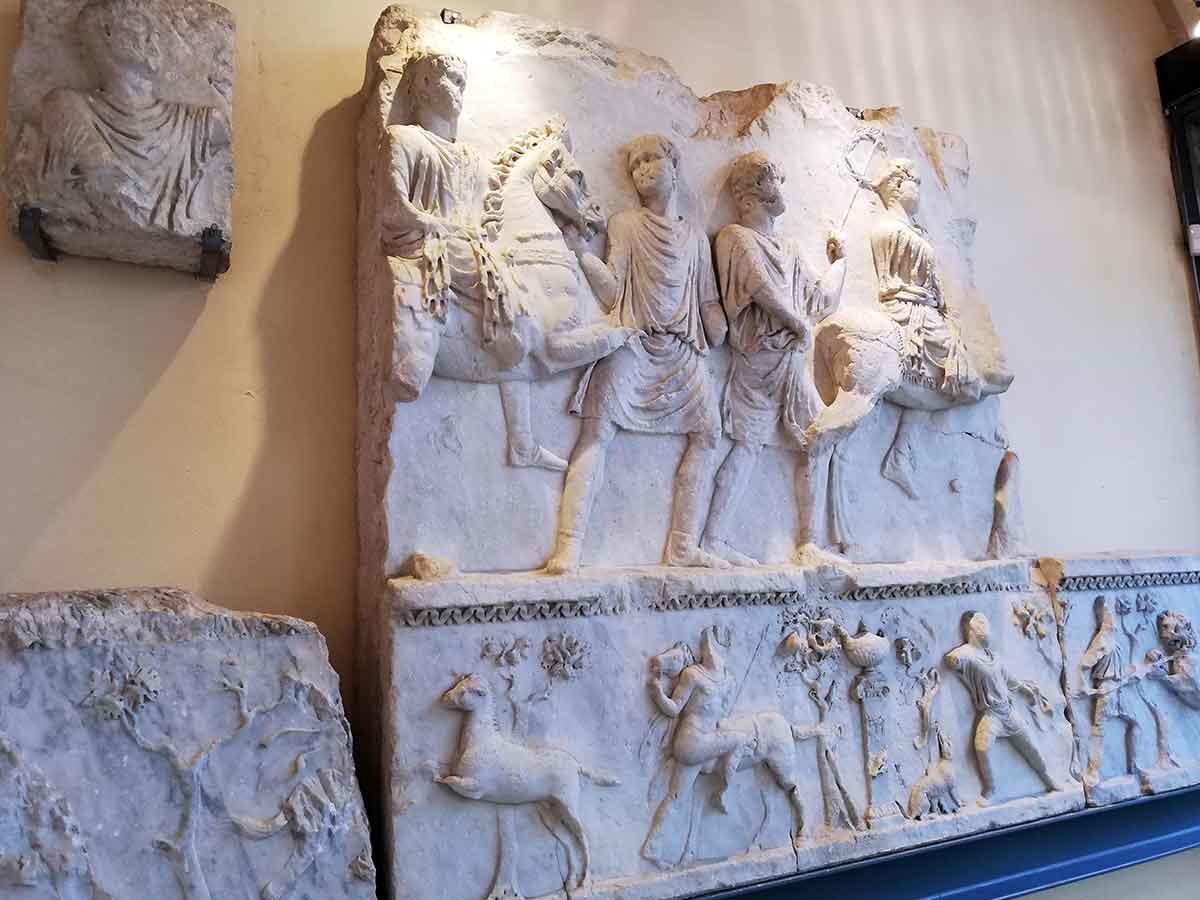
Such a divide in status and role continued to grow as time passed. New honors were granted to Senators (eques equo suo), including separate seating in the theater and the exclusive ability to wear the more distinguished “broad stroke” purple toga (latus clavus). They were also allowed to wear another distinguishing marker of superior status: the anulus aureus (gold ring).
Yet, whilst these benefits were granted to the emergent Senators, they were forced to give up their horses and their status as Equites. They were also officially banned from engaging in large-scale trade, which was looked down upon as an activity unbefitting of Rome’s most noble citizens.
Additionally, the lex sempronia de repetundis, passed around 149 BCE, further separated the two orders. It granted Equestrians the exclusive right to preside over corruption cases made against Senatorial governors, an act that explicitly put the two groups in competition with one another.
As a result of these laws and differentiations, the Equestrian Order emerged as a partly militaristic, partly commercial counterweight to the political elites that made up the Senate and the different magistrates of state. Like the Senate, there was a property or wealth qualification required to become an Equestrian, and selection was made by the Censor. But from now on, the two orders would be distinguished and differentiated, a situation that continued up until the 4th century CE.
The Developing Role of the Equestrian Order
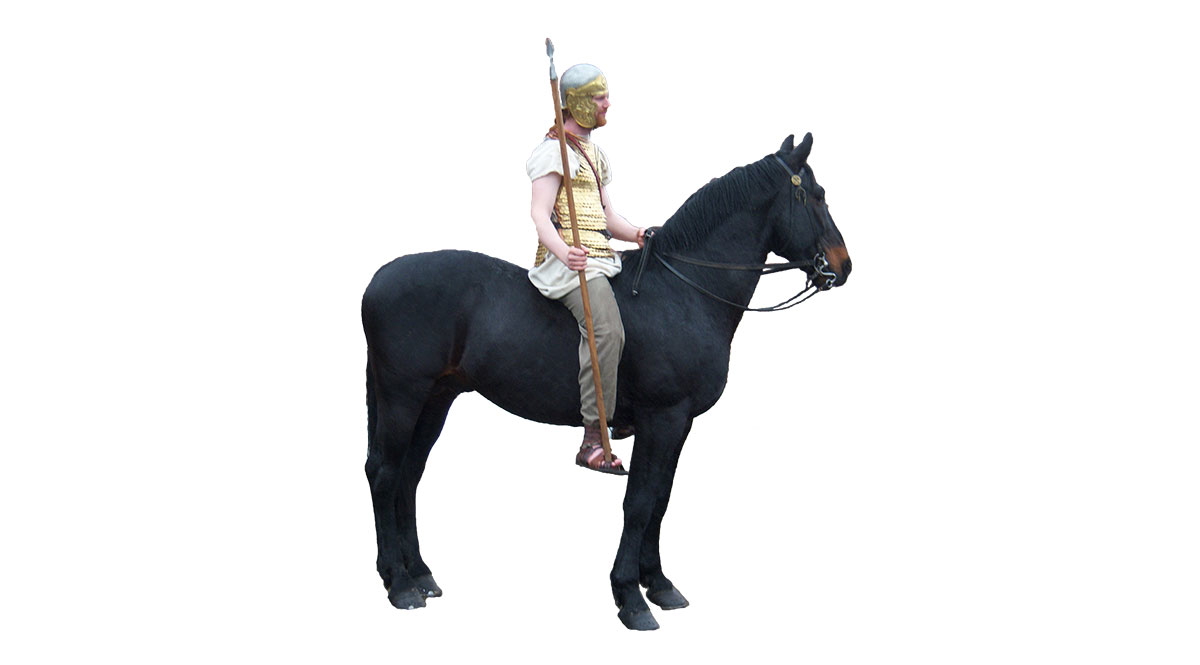
As just noted, the early Equestrian Order was in many ways seen as a counterweight to the all-dominating Senate. The law that established Equestrian jurors in Senatorial corruption cases was brought about to address the chronic corruption that was endemic to Senatorial governorships.
The Equestrians and Senators both retained their military role, although the Senators remained in more authoritative positions. However, it was the provincial auxiliaries pulled from Rome’s expanding Empire that began to comprise most of the army’s cavalry units, called alae. Equestrians would command these auxiliary units or become “military tribunes” and assistants within the legions, whilst Senators became legionary commanders.
Outside of the military or political spheres, Equestrians were much freer to exploit economic opportunities that arose from Rome’s expansion than Senators, who were mainly confined, at least officially, to land ownership and salaries from magistracies. A major element of Equestrian economic activity was the participation in, and cooperation with, the Empire’s public contractors, known as the publicani.
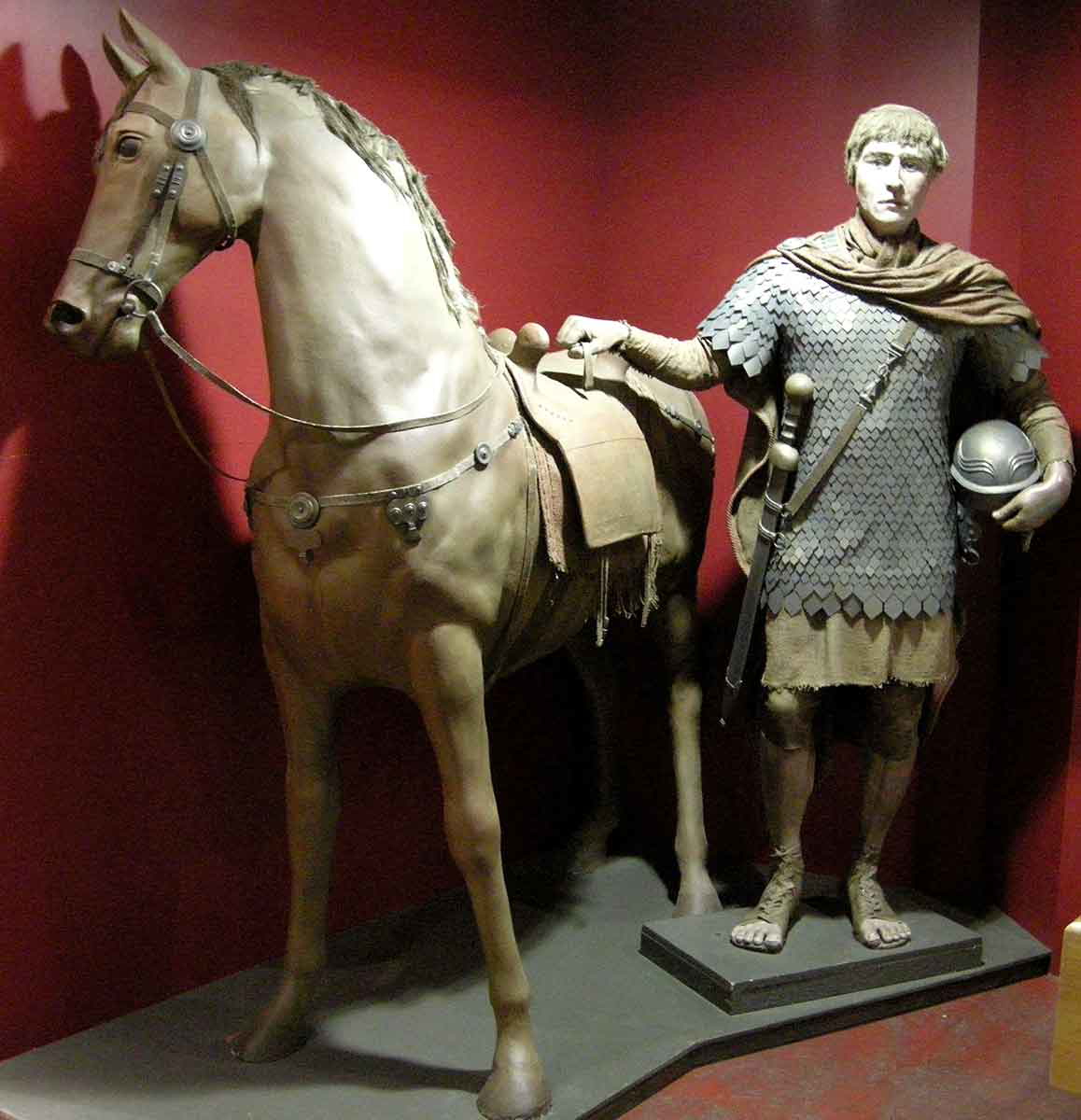
The publicani would petition for public works, supply the army, collect provincial taxes, and much more, making them a powerful economic and social influence group. While not all Equestrians were connected with the publicani, or vice versa, they shared a close relationship throughout the Republican and Imperial periods.
These new judicial, military, and economic roles also translated into social honors for the Equestrians. Like the Senators, they received reserved seats at the theater and also had a specific toga they could wear, with a thin stroke, rather than the more prestigious broad stroke worn by Senators. All of these things firmly set them above the mass population of plebeians, but still kept them below the more rarefied Senatorial sphere.
Augustus’s Reforms of the Equestrian Order
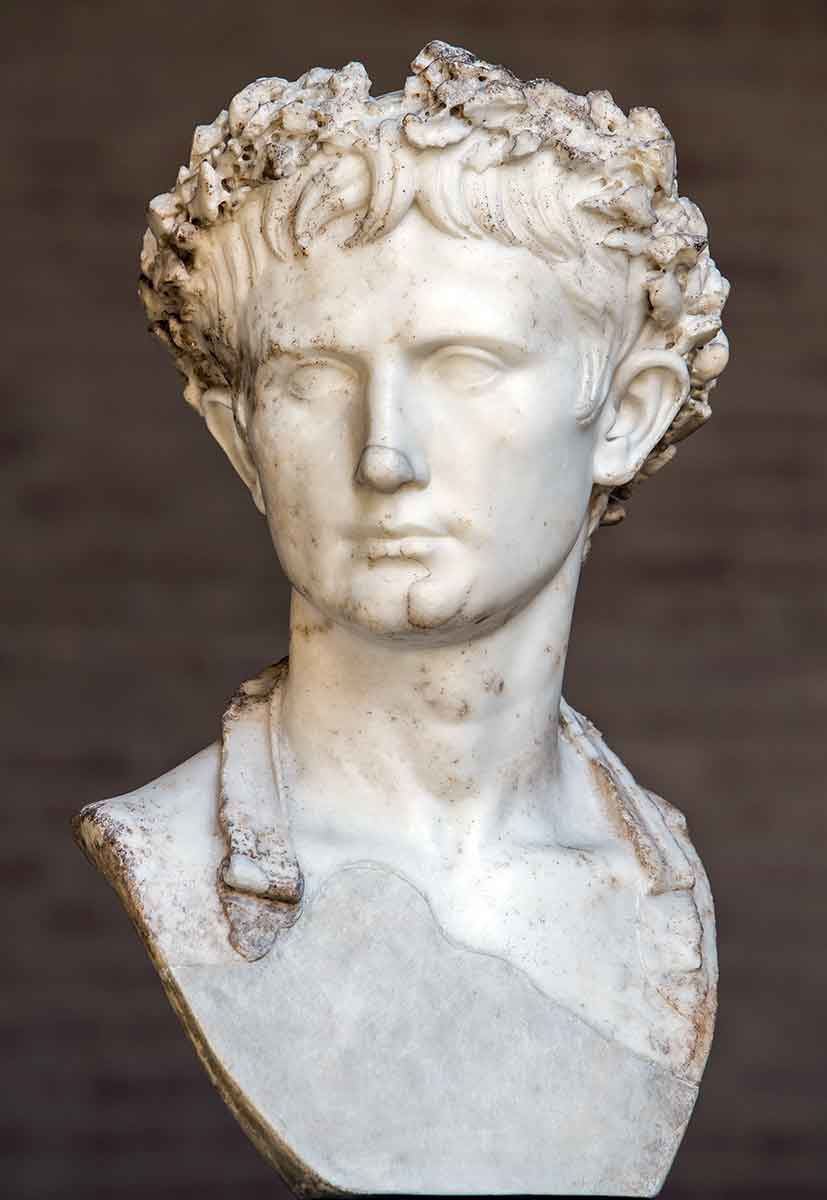
As the first emperor Augustus reordered the state and established Imperial rule, substantial changes affected the status and role of the Equestrian elites, at times to the indignation of contemporary Senators.
Augustus’s centralization of the state and expansion of its bureaucracy provided new opportunities for Equestrians to reach influential and powerful positions. This included the new “procuratorships,” some based in Rome to help administer the grain supply (praefectus annonae) or police the city (praefectus vigilum), others empowered to directly administer provinces and their finances. The most powerful procurator position was that of prefect of Egypt, the praefectus aegypti.
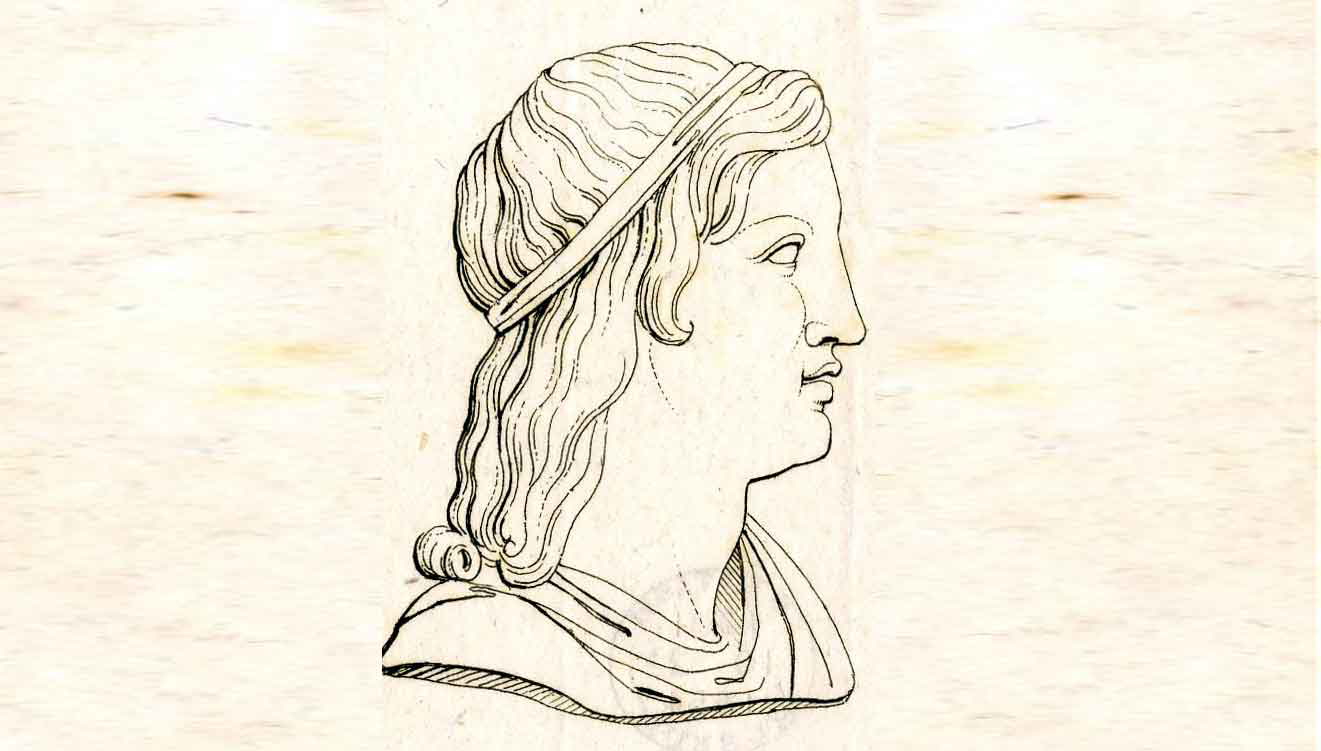
They could also, especially for later emperors, help the emperor administer the state through various secretarial positions. The famous historian Suetonius, for example, was an Equestrian who filled the role of ab epistulis (head of correspondence) for the emperor Hadrian. This position gave him exclusive access to the imperial archives, helping him to write his biographical history of emperors known as the Twelve Caesars.
These different administrative positions, filled by what became known as the eques nobilitas, conferred a lot of influence and power in the hands of ambitious Equestrians. For Augustus, it allowed him to create a more professional administrative apparatus for the state, which was more loyal to him than an aristocratic body like the Senate, which lost much of its power and influence.
Senators still filled many of the same magistracies and governed provinces, but appointments to these positions, as with Equestrian posts, were made directly by the emperor himself. As such, while Equestrians reached higher positions of influence under the principate, they were still totally dependent on the emperor for patronage and elevation.
Alongside these administrative posts, Equestrians still continued to fill command posts in the army, in a career system called the militia equestres. This framework formalized and added to some of the Republican posts for Equestrians, creating a career ladder for social and military influence within the army. They also made up the command portions of the emperor’s personal bodyguard, the Praetorian Guard.
The Equestrian Emperor Macrinus
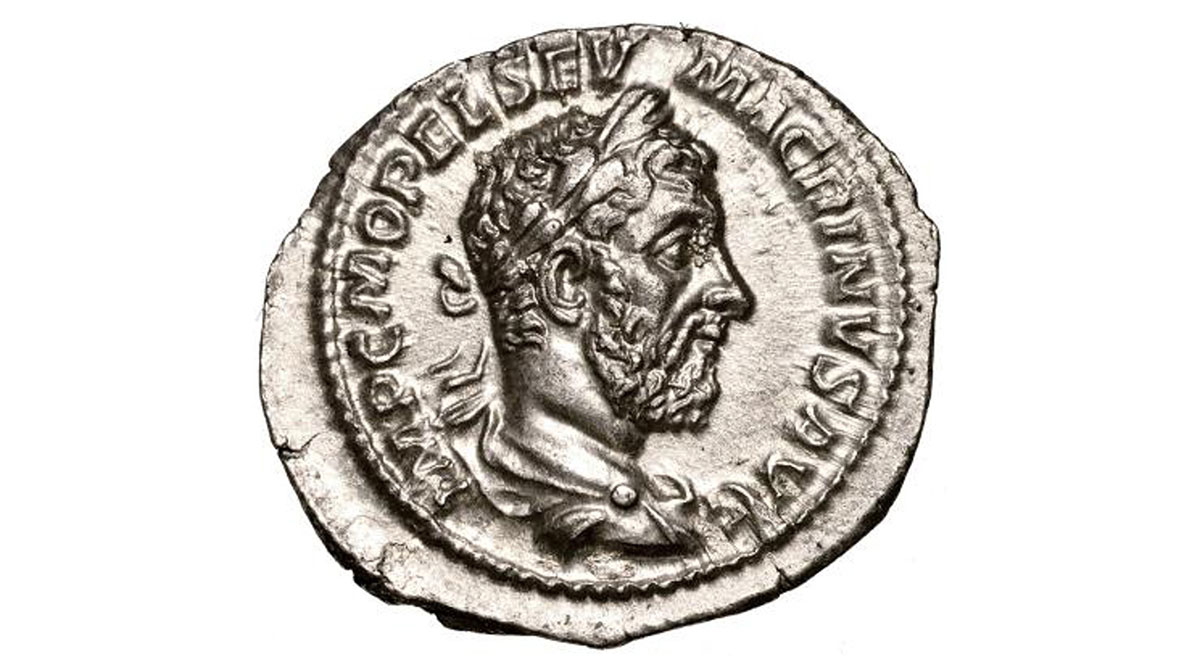
Speaking of the Praetorian Guard, in 217 CE, the Praetorian Prefect Macrinus became emperor after having Caracalla murdered. The latter, who was a very unpopular ruler, with a reputation for cruelty and iniquity, met his ignominious end while in the province of Asia Minor preparing for war with Parthia.
Macrinus, who was recently portrayed by Denzel Washington in Gladiator II, was an ambitious Equestrian born in North Africa who had risen up the ranks of the imperial bureaucracy. Exploiting this system to full effect, Macrinus eventually became Praetorian Prefect, which was one of the most influential roles an Equestrian could fill.
The historian Cassius Dio tells us in book 78 of his Roman History that Caracalla was a particularly paranoid ruler who often killed those closest to him without warning. Believing that he was next to fall under the fatal suspicions of this tyrant, Macrinus acted fast and apparently arranged for an assassin to murder the emperor.
Soon after the demise of Caracalla, Macrinus was acclaimed emperor by the armies gathered for Caracalla’s Parthian campaign. While this kind of acclamation by the army had occurred many times before, it was the first time that an Equestrian had received the honor and actually established himself as emperor. His, albeit short, reign from 217-218 CE showed that the ultimate power in the Empire need not be closed off to ambitious Equestrians anymore.
Indeed, it occurred at a time when the order more broadly was about to enjoy its most powerful position in Roman History.
The Equestrian Order in the Late Empire
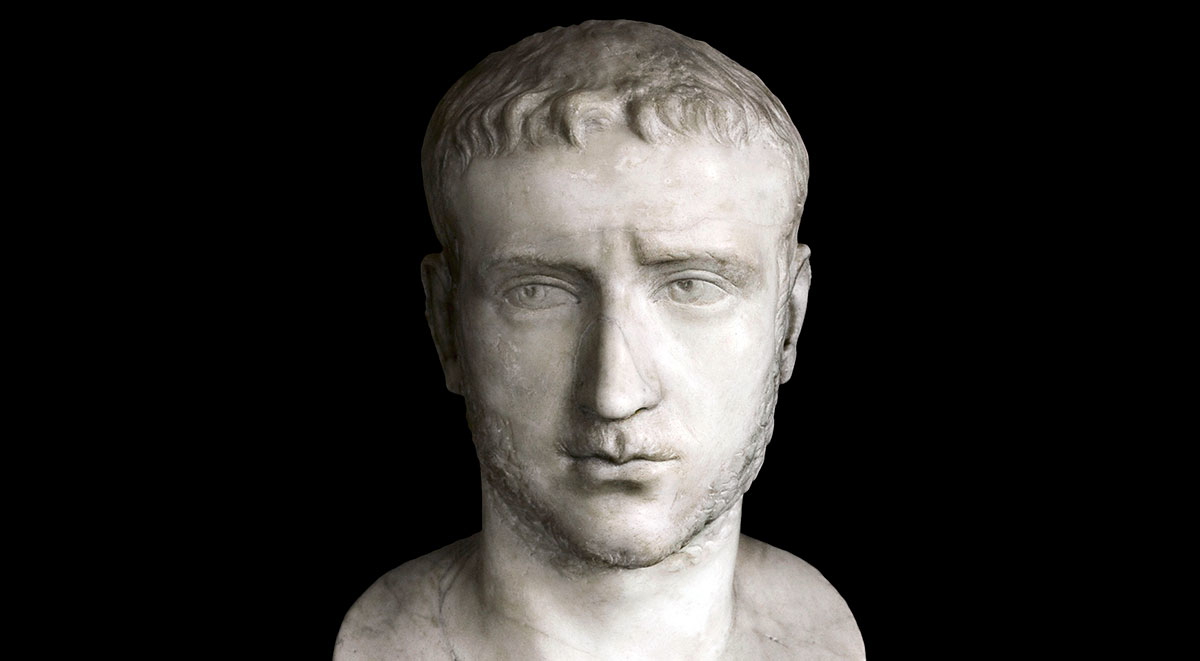
Not long after the episode between Caracalla and Macrinus, the Empire experienced the “Crisis of the Third Century” between 235 and 285 CE, a period marked by major upheavals in the state’s administration. The Equestrian order was one of the biggest winners to benefit from this disruption, as they began to fill more authoritative roles in the more militaristic bureaucracy that emerged.
With constant conflicts, bouts of plagues, and a revolving door of emperors in this period, the state was in desperate need of reliable governors and commanders to replace those who had died. This resulted in Equestrians being elevated to posts usually taken by Senators, including governing “Senatorial” provinces or commanding armies.
This occurred under Gallienus, but was preceded by changes in the army that saw dependable soldiers, regardless of their wealth or origins, being elevated to Equestrian status by a series of emperors. In turn, these two developments made the Equestrian class become much more militaristic and also offered them opportunities to supplant Senators in positions of influence and power.
As time went on, these prominent appointments of Equestrians remained in place, eclipsing the previous career structure for Equestrians. As a result, the distinctions between Equestrians and Senators became increasingly blurred, even though equestrians could still rise to the nominally superior senatorial status, and did in increasing frequency.
However, this enhancement of the Equestrian elite was soon to be reversed, with fatal consequences for the order itself.
The End of the Equestrian Order
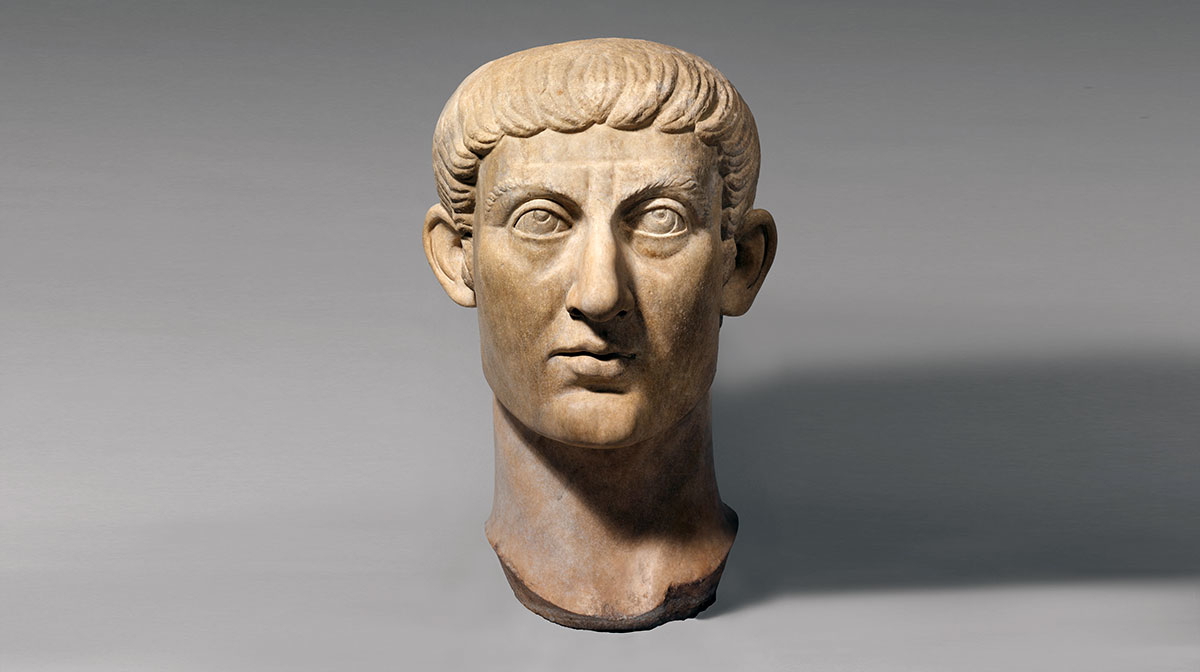
By the time of Constantine and Licinius, in the early 4th century CE, the functional significance of the Equestrian order was brought to an end. The two emperors, who later went to war with one another, brought about a new structure of imperial administration and hierarchy.
The previous, socially based system was bypassed by a more centralized court system that favored service, skill and loyalty more than social status. This new system still found a place for Senators, who began to fill more of the administrative posts across the Empire that Equestrians had taken since the days of Augustus.
However, even the Senatorial Order saw the significance of their status bypassed, as the new court structure of comes, vir spectabilis, vir illustris, and vir gloriosus became paramount. Prestige and power, in this “late Roman aristocracy,” became firmly rooted in court service to the emperor, rather than belonging to an antique social order.
In this restructuring, the Equestrian Order, as a bureaucratic and managerial institution, became obsolete. The posts that had historically been tied to the equestrian order, such as procurators and tribunes, were either given to Senators or to those filling the new court ranks, regardless of their origin or status at birth.
The new court structure and its ranks became the focus and markers of status for those who had previously been Equestrians. So, while Equestrian status still retained some significance as a marker of wealth, it no longer represented membership of a functional order.
The Subsequent Legacy of the Equestrian Order
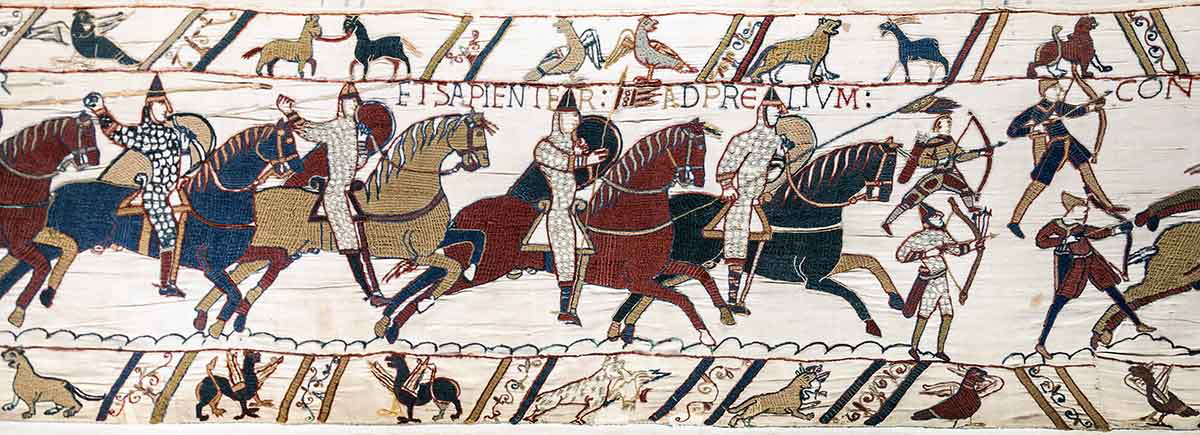
While the Equestrian Order faded into obsolescence in the Late Empire, its legacy would influence the identity and ideologies of later groups. For example, in the Byzantine Empire, the Hipparchic Elite were in many ways closely comparable to the Equestrians.
They originated from cavalry units and commanders in the early Byzantine Empire and came to hold administrative positions throughout the provinces, forming a dignified elite. They were not as formalized an order as the Equestrians, but still shared many of their militaristic virtues and bureaucratic characteristics.
In the same vein, the notion of a mounted warrior elite that could fill positions of influence and prestige bears a close resemblance to the Knights of Medieval Europe. While they were not direct successors, they filled a similar role in medieval aristocratic societies. This was especially true in kingdoms and empires that tried to emulate the Roman Empire, such as the Franks.
As such, it is clear that, like their Senatorial counterparts, the Equestrian Order played not only an integral role throughout the Roman Republic and Empire but also left a lasting legacy in European ideology and aristocracy.
